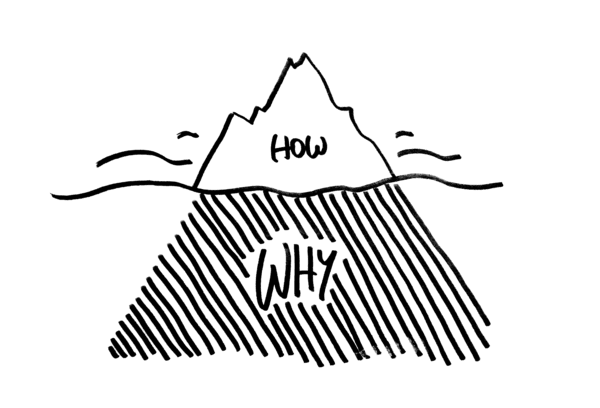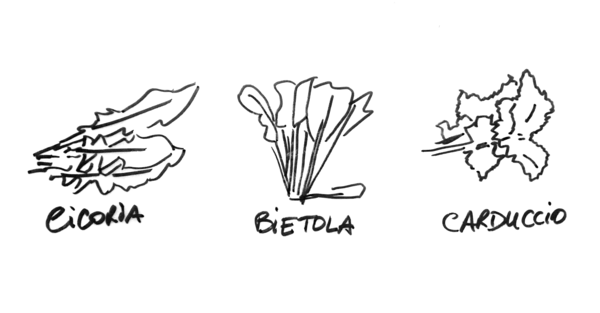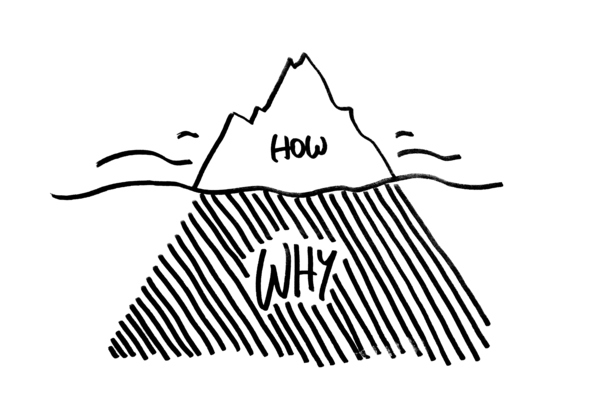Designing for better food habits
After living and sharing flats with people from Europe, U.S., South America and Africa I discovered our small and long talks were always ending up in the kitchen. Yes, not in the living room as one might imagine but there, where the food is stored and prepared; where smells and stories bring people together.

Food habits are an integral part of one’s identity, an expression of diversity. I have learnt and now believe that preparing and sharing food opens up to inclusion and cohesion.
At Futurice, I recently worked on three different concepts for a service that would help British lower-middle class and busy families to have a more diverse, balanced diet. Despite a landscape saturated by fast-food chains, delivery services and food corporations striving for a passive consumer, during the user interviews and testing we found out that people actually still like the idea of cooking from scratch and sharing a meal with family.
However, statistics say up to a third of UK households would eat ready-made foods if it saves time (The Future of Grocery, Nielsen 2015). Planning what to eat, shopping, storing food, preparing, cooking and finally eating is a long process to get through. It requires effort and time: two factors which clash with our chaotic daily lives. We are constantly busy and overwhelmed with information overload. Every small decision we have to take raises so many questions that we tend to consume what is already prepared and given to us.
At this point I started to see clearly that designing a welcoming, informative and easy-to-use service is not enough for overcoming consumers’ difficulties. Defining the problem question as “How might we help people to improve their eating habits?” addresses only the tip of the iceberg. Don’t get me wrong, it’s still important to alleviate factors like time, money and mental energy. Instead the question “How might we motivate people to improve their eating habits?” pushes the design process to investigate what lies beneath the surface. Where motivation is a key element for behaviour change.

But what are the golden ingredients for motivation?
Subsequently, through investigating behaviour change I came across “The Fogg Behavior Model” created by BJ Fogg, a professor of Behavioral Psychology at Stanford. Fogg shows that one of the elements for a behavior to develop is motivation.
Eating is one of our basic needs connected with many spheres of our life such as family, education, personality, memories as well as emotions and fears. Therefore values like wealth, sense of belonging, social justice, and friendship that guide us through different aspects of our lives and influence what we believe will also affect the choices we do around food. They are powerful enough to motivate us to take more conscious decisions.
 Countryside herbs — Puglia (Fg), Italy
Countryside herbs — Puglia (Fg), Italy
Sweet memories makes me think of how important values such as family, environment, cohesion and tradition play a fundamental role in my experiencing of food. I vividly remember myself as a kid doing homework in the kitchen while my mom was cooking or with my head dangling over the kitchen table and sitting on a creaky chair while watching TV. Also, I often recall moments like being woken up by my father shouting in the corridor “Hey guys, what do you want for lunch? Any preference?” and picking up edible wild herbs in the countryside on Sundays with my grandfather.
Values as pillars of trust
Experiences involving family when preparing meals; gathering friends around food; discovering other people’s culinary traditions or learning how to reduce food waste trigger my interest and motivation. A service addressing these topics while indirectly offering healthy food tips would definitely rope me in by gaining my trust slowly. I would feel like it was tailored for me, its input is more authentic therefore I would be more likely to follow what it has to suggest. Whereas I would be highly skeptical towards a food-trainer app completely focused on advertising the right food that is easy to eat and promising great short term results. How would it know what is “right” for me? I would not trust it.
If we aim for real improvement and durable commitment in our design process we then don’t have to forget that values play a fundamental and hidden role in people’s lives. So hidden that sometimes we tend to focus on concrete users’ pains and wills forgetting to dive deeper. That’s why gathering qualitative data is so important. Details which come from conversations with users in empathetic interviews.

While addressing problems like “How can I cook and eat more diversely?” makes our solution functional, answering questions like “Why is cooking and eating more diversely important to me?” will have a more substantial and long term impact on people’s lives.
Last but not least let’s consider that values define our comfort zone. Therefore when it comes to changing habits it’s key that we feel we are in control of our choices; here again trust plays an important role. It’s more efficient to slowly transform existing behaviours towards the better, making them more rewarding than pushing people into new solutions.
 Giuseppe de CesareSenior Designer
Giuseppe de CesareSenior Designer

